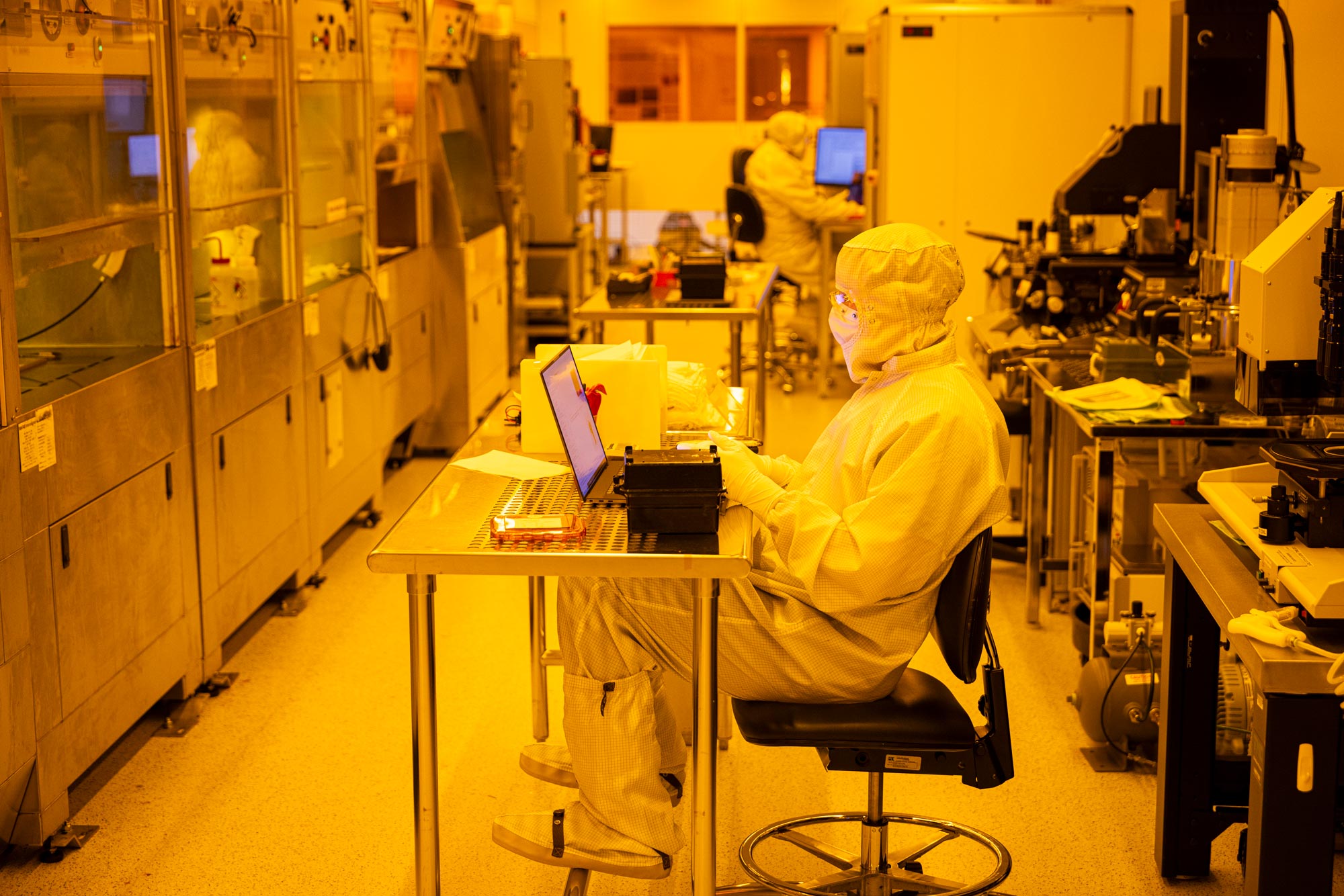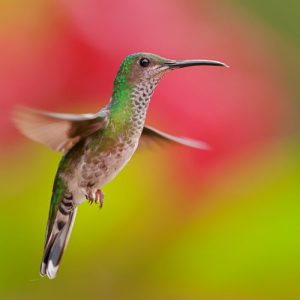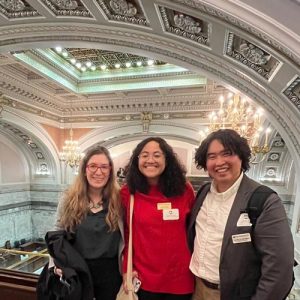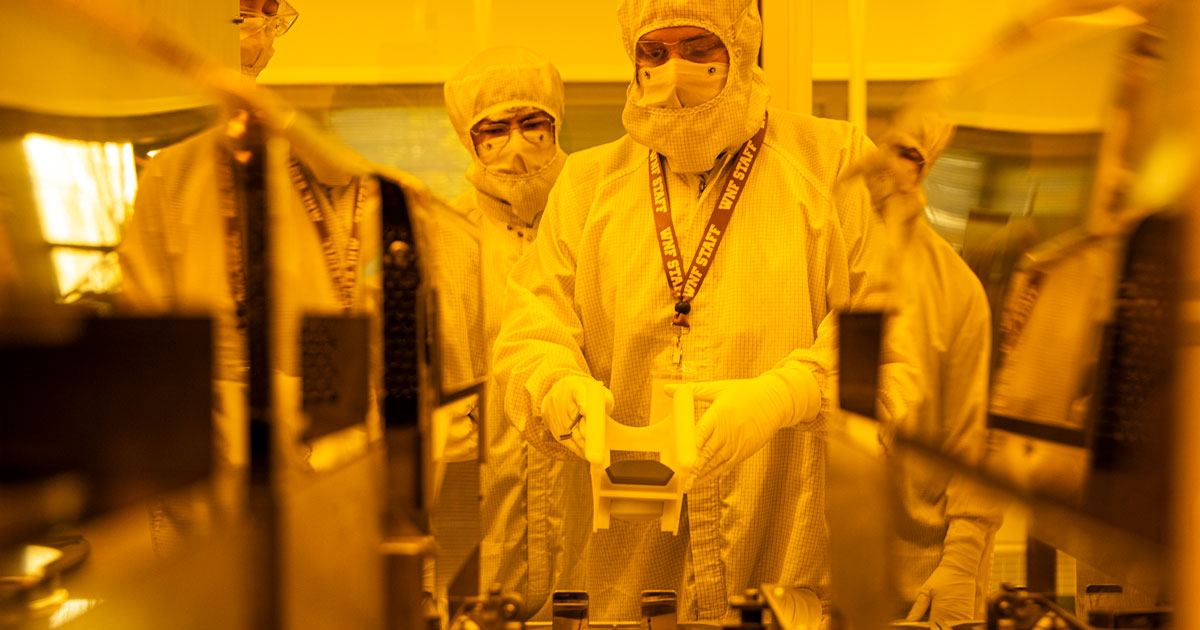

At the UW, research saves lives and strengthens communities. But federal support has been frozen or terminated on hundreds of active research grants, and many life-changing projects are stalled. Here are a few recent innovations out of the UW.
 Birds and their feathers
Birds and their feathersA team led by UW researchers has found that certain female hummingbirds take on the brightly colored plumage worn by males to avoid conflict and improve their access to food. In a recent study published in the international journal Animal Behaviour, the research team discovered that some female white-necked jacobin hummingbirds mimic male plumage. The result is reduced aggression from other hummingbirds and increased access to nectar resources. “This research takes a mental model we’ve been describing for a while in our papers and gives it a mathematical backbone,” says Jay Falk, an evolutionary biologist and former UW biology postdoctoral scholar who led the study. “This model adds to our understanding of how diversity, especially diversity within sexes, can be a stable endgame.”
 In the wake of Seattle Public Schools and more than 50 other school districts filing suit in 2023 against social media companies for causing harm to students’ social, emotional and mental health, a team of researchers from the UW Bothell School of Nursing & Health Studies started looking at the legal challenges of proving this harm. Dr. Nora Kenworthy (pictured, left), graduate student Jacqueline Richards (pictured, center) and Dr. Kosuke Niitsu (pictured, right), a psychiatric mental-health nurse practitioner, concluded that the cited research on social media health harms lacks strong causal evidence. They also noted that the lawsuits often overlooked existing research on disproportionate impacts to marginalized groups. Further research in this area could not only help determine causality, but also help provide answers about how best to mitigate the impacts, Kenworthy says.
In the wake of Seattle Public Schools and more than 50 other school districts filing suit in 2023 against social media companies for causing harm to students’ social, emotional and mental health, a team of researchers from the UW Bothell School of Nursing & Health Studies started looking at the legal challenges of proving this harm. Dr. Nora Kenworthy (pictured, left), graduate student Jacqueline Richards (pictured, center) and Dr. Kosuke Niitsu (pictured, right), a psychiatric mental-health nurse practitioner, concluded that the cited research on social media health harms lacks strong causal evidence. They also noted that the lawsuits often overlooked existing research on disproportionate impacts to marginalized groups. Further research in this area could not only help determine causality, but also help provide answers about how best to mitigate the impacts, Kenworthy says.

Inside the Washington Nanofabrication Facility, students and staff are developing technology smaller than the eye can see and transforming research in quantum devices, microchips and medicine. With 15,000 square feet of laboratory, clean rooms and user space, it is the largest publicly accessible full-service clean room in the Pacific Northwest, housing more than 100 specialized processing and characterization tools. In addition to supporting basic and applied research on campus, the facility is open to area companies working on fabrication projects as well as other researchers and engineers in the region.
The UW Information School’s master’s program in library and information science rose to the No. 1 spot in the U.S. News & World Report’s latest rankings of America’s Best Graduate Schools. It shares the position with the University of Illinois. Another 32 UW programs placed in the report’s top 10, and more than 80 are ranked in the top 35. While the UW celebrates the success of the programs recognized by U.S. News, it also recognizes shortcomings inherent in the ranking systems.
Learn more about the impact of federally funded research.